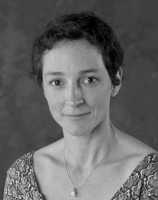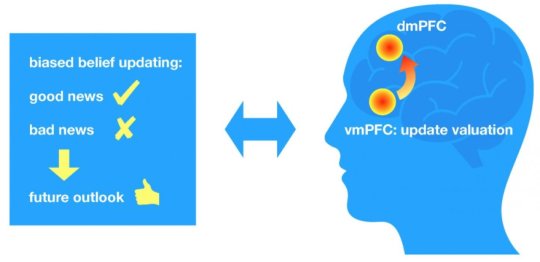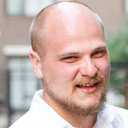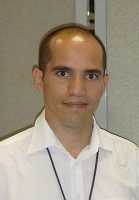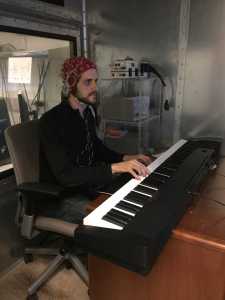Alzheimer's - Dementia, Author Interviews, Cognitive Issues, Duke, Neurology / 24.09.2019
Amyloid and Cerebrovascular Disease Have Different Effects on Brain Networks
MedicalResearch.com Interview with:
 Juan Helen Zhou, PhD, on behalf of the co-authors
Associate Professor and Principal Investigator
Neuroscience and Behavioural Disorders (NBD) Programme
Duke-NUS Medical School, Singapore
MedicalResearch.com: What is the background for this study?
Response: Alzheimer’s disease and cerebrovascular disease are among the leading disorders affecting the elderly, with up to 50 per cent of dementia patients showing co-occurrence of both disorders. It is therefore of great interest to understand the influence of co-occurring Alzheimer’s disease and cerebrovascular disease pathologies on brain changes, and examine if such changes are able to track early differential disease progression. Past cross-sectional studies have suggested that Alzheimer's disease and cerebrovascular disease pathologies contribute independently to brain functional and structural changes, and cognitive decline.
Our study sought to demonstrate the independent contributions of both pathologies to brain functional networks in a longitudinal cohort of mild cognitive impairment patients, often regarded as early stage of the disease.
(more…)
Juan Helen Zhou, PhD, on behalf of the co-authors
Associate Professor and Principal Investigator
Neuroscience and Behavioural Disorders (NBD) Programme
Duke-NUS Medical School, Singapore
MedicalResearch.com: What is the background for this study?
Response: Alzheimer’s disease and cerebrovascular disease are among the leading disorders affecting the elderly, with up to 50 per cent of dementia patients showing co-occurrence of both disorders. It is therefore of great interest to understand the influence of co-occurring Alzheimer’s disease and cerebrovascular disease pathologies on brain changes, and examine if such changes are able to track early differential disease progression. Past cross-sectional studies have suggested that Alzheimer's disease and cerebrovascular disease pathologies contribute independently to brain functional and structural changes, and cognitive decline.
Our study sought to demonstrate the independent contributions of both pathologies to brain functional networks in a longitudinal cohort of mild cognitive impairment patients, often regarded as early stage of the disease.
(more…)
 Juan Helen Zhou, PhD, on behalf of the co-authors
Associate Professor and Principal Investigator
Neuroscience and Behavioural Disorders (NBD) Programme
Duke-NUS Medical School, Singapore
MedicalResearch.com: What is the background for this study?
Response: Alzheimer’s disease and cerebrovascular disease are among the leading disorders affecting the elderly, with up to 50 per cent of dementia patients showing co-occurrence of both disorders. It is therefore of great interest to understand the influence of co-occurring Alzheimer’s disease and cerebrovascular disease pathologies on brain changes, and examine if such changes are able to track early differential disease progression. Past cross-sectional studies have suggested that Alzheimer's disease and cerebrovascular disease pathologies contribute independently to brain functional and structural changes, and cognitive decline.
Our study sought to demonstrate the independent contributions of both pathologies to brain functional networks in a longitudinal cohort of mild cognitive impairment patients, often regarded as early stage of the disease.
(more…)
Juan Helen Zhou, PhD, on behalf of the co-authors
Associate Professor and Principal Investigator
Neuroscience and Behavioural Disorders (NBD) Programme
Duke-NUS Medical School, Singapore
MedicalResearch.com: What is the background for this study?
Response: Alzheimer’s disease and cerebrovascular disease are among the leading disorders affecting the elderly, with up to 50 per cent of dementia patients showing co-occurrence of both disorders. It is therefore of great interest to understand the influence of co-occurring Alzheimer’s disease and cerebrovascular disease pathologies on brain changes, and examine if such changes are able to track early differential disease progression. Past cross-sectional studies have suggested that Alzheimer's disease and cerebrovascular disease pathologies contribute independently to brain functional and structural changes, and cognitive decline.
Our study sought to demonstrate the independent contributions of both pathologies to brain functional networks in a longitudinal cohort of mild cognitive impairment patients, often regarded as early stage of the disease.
(more…)
